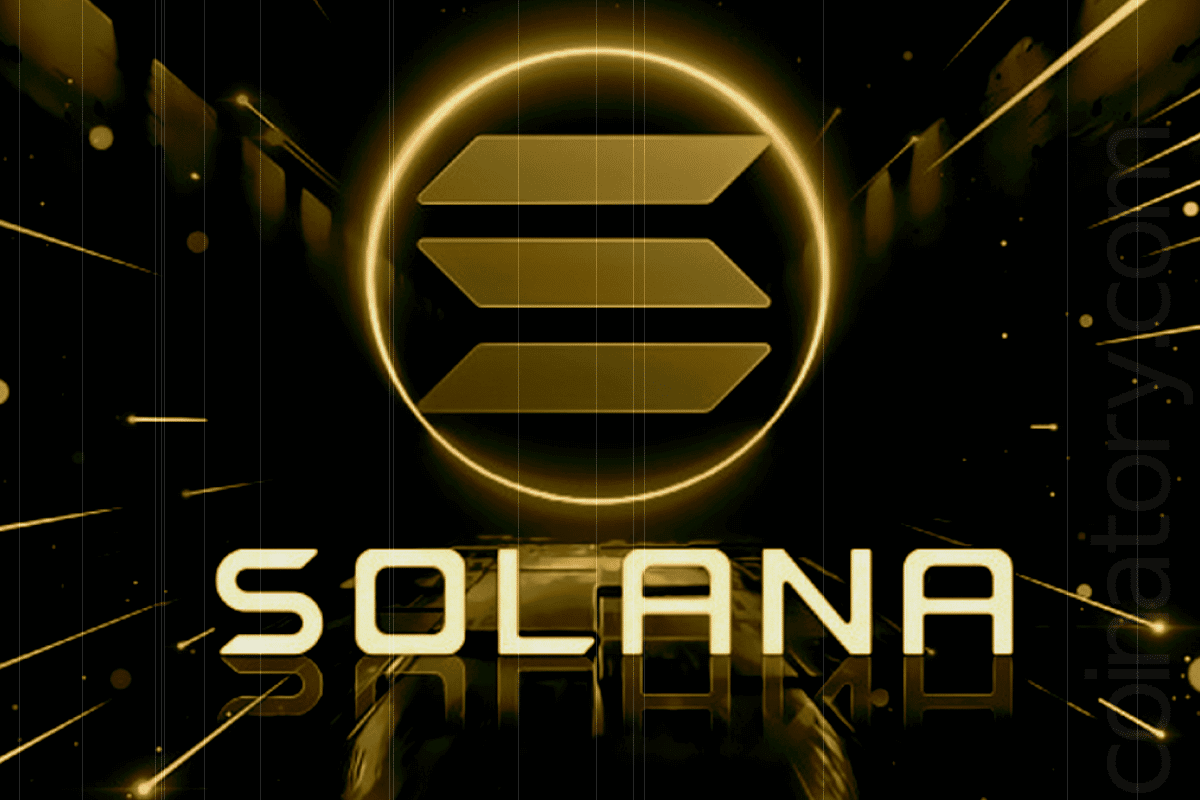
Anatoly Yakovenko, co-founder of Solana Labs, has unveiled a proposal for a “meta blockchain” designed to address the persistent fragmentation and limited interoperability plaguing blockchain networks. This initiative introduces a unified data availability (DA) layer that would aggregate and order data from multiple layer-1 chains, including Ethereum, Celestia, and Solana, facilitating more seamless cross-chain communication and reducing operational inefficiencies.
In a statement dated May 12, Yakovenko detailed how this meta blockchain could enable transactions to be posted on any chain and subsequently merged into a singular, ordered ledger. This would allow the system to dynamically select the most cost-effective DA layer at any given moment, optimizing bandwidth usage and driving down costs.
“Making data availability cheap allows for making everything else cheap. Bandwidth is the irreducible bottleneck,” Yakovenko emphasized. He also proposed eliminating external sequencers by implementing a rule-based mechanism capable of merging transactions across chains, which would enable users to initiate transactions from any blockchain environment.
This vision aligns with broader industry trends aimed at enhancing scalability and interoperability. Ethereum, for example, is preparing for its Fusaka upgrade, slated for late 2025, which will introduce EIP-7594. This proposal incorporates PeerDAS, a data availability sampling technique designed to scale Ethereum’s mainnet by allowing nodes to verify data availability without downloading full datasets.
Cardano is pursuing a parallel strategy through “Minotaur,” a multi-resource consensus protocol. This solution aims to unify various consensus mechanisms across networks, enabling a shared block reward structure and fostering cooperative tokenomics across the blockchain ecosystem.
Yakovenko’s meta blockchain concept represents a pivotal step toward a more integrated and efficient blockchain infrastructure, potentially resolving critical limitations in current cross-chain data exchange systems.







